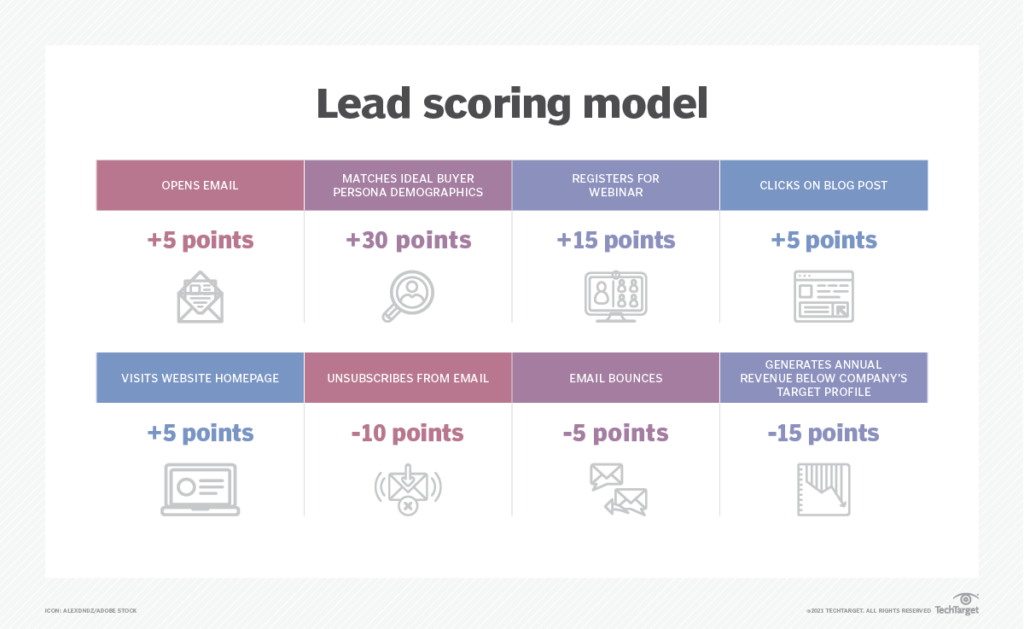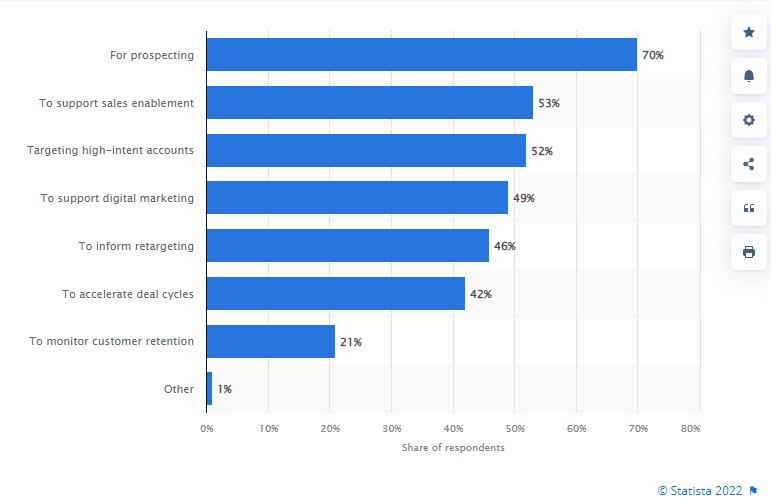How to Define and Attract High-Value Leads

Is your digital marketing strategy attracting high-value leads for your business?
We don’t just mean a lot of leads — that’s fairly easy today, given the technology now available for executing lead-gen efforts at scale.
We mean leads that fit perfectly with your ideal customer profiles, have real intent to purchase, and are likely to convert in your pipeline. If your leads don’t fit this criteria, you could be wasting time and resources meant to be driving growth for your business.
In this guide, we’ll help you turn things around. What follows is your quick but all-encompassing guide for generating high-value leads you can count on to become paying customers.
Quick Takeaways
- Attracting high-value leads requires first understanding your buyers’ needs and defining your target audiences.
- Different buyer audiences prefer different marketing channels. Research your buyers and meet them where they already are.
- Automated lead scoring and lead qualification serves as ongoing pipeline quality control.
- Leads that come in through referrals are 4X more likely to convert.
- Content marketing is the foundation of many other key marketing tactics and one of the most effective and efficient ways to attract new leads.
Focus on Buyers Needs First
What problem(s) are you solving for customers? This is the first question to ask whenever you’re developing a lead-gen or other marketing campaign. Understanding your buyers needs is the key to unlocking the right messaging, channels, and engagement strategies to attract high-value leads for your business.
You can use helpful tools like Strategyzer’s Value Proposition Canvas to align specific product and service offerings with the needs of your target buyers — plus identify and fill any gaps that exist.
Here’s a helpful overview of the Canvas and how to use it:
Use ICP and Buyer Persona Frameworks
Ideal customer profiles (ICPs) and buyer personas are two tried-and-true targeting frameworks you can use to be sure you’ve fleshed out your target audience completely and accurately. ICPs define organizational traits of your target buyers — company size, industry, budget, etc. Buyer personas describe the decision makers within those companies and their individual motivations for purchasing solutions.
Here’s a good visual for how the two frameworks are related:

Alt-Text: Graphic that demonstrates the difference and relationship between ICPs and buyer personas, two important frameworks for attracting high-value leads.
Using both ICPs and buyer personas together gives you the most complete picture of your target audiences and helps you attract leads with the highest likelihood of actually converting.
Leverage the Right Channels
B2B buyers use more than 10 channels to interact with potential providers during their purchase journey — a number that’s doubled in less than a decade (buyers used only 5 channels in 2016). These channels include but aren’t limited to:
- Company websites
- Landing pages
- Search engines
- Social Media
- PPC ads
- Webinars
- Review sites
- Phone calls
- Trade shows
- Online chat
Not every buyer uses every channel, and they definitely don’t use them to the same extent or in the same ways. It’s up to you to research your audience and find out which channels they prefer and how they engage on each, then build a lead-gen strategy that meets them where they are.
Automate Lead Scoring and Qualification
Lead scoring and lead qualification are two must-have processes for vetting new leads that enter your pipeline. The former assigns numerical values to each lead based on specific traits or behaviors (see the example below), and the latter determines readiness for the next stage of the pipeline, categorizing leads as Marketing Qualified (MQ), Sales Accepted (SAL), or Sales Qualified (SQL).

Fortunately, both lead scoring and lead qualification can be largely (even totally) automated using your CRM and other marketing automation tools. This means you can be confident every lead that enters your pipeline warrants time and attention from your teams.
Use Intent Data
Intent data is a type of business intelligence that informs your marketing and sales teams about a lead’s purchase intent. Today nearly three-quarters of businesses use intent data as a targeted way to prospect.

The best way to collect intent data is with a prospecting platform designed with that purpose in mind, and typically equipped with AI-powered capabilities to mine vast networks of data. By doing so, you automate the process, ensure you can focus on prospects with highest intent from the start, and can allocate resources in a more informed way based on current intent and purchase readiness.
Launch a B2B Referral Program
B2B referral programs can significantly boost your lead-gen potential and improve your ability to convert leads in your pipeline. Right now, nearly 90% of buyers seek out word-of-mouth referrals, and potential customers referred by a peer are 4X more likely to make a purchase than those who find your company through other channels.
This is true for buyers of every generation. Across the board, about 80% of buyers say they trust referral marketing — much higher than any other marketing method or channel.

To launch your referral program, start with simple steps like a discount incentive for customers that refer new leads, and an easy form field to track when leads come in through referrals.
Create Great Content
Content marketing is the “it” digital marketing method right now, and for good reason — it earns companies triple the leads at more than 60% lower cost (on average), and aligns with the way B2B buyers want to research potential providers.
Given that buyers complete more than half of their buyer journey independently before ever reaching out to a sales team and interact with 13+ content assets along the way, creating great content is a must if you want to be noticed by your target audience.
Seriously — without SEO content, your company is essentially invisible online.
On the flip side, when you create great content that’s aligned with the topics, questions, and keywords your target buyers are searching for, you’re better able to attract high-value leads. The content you create should encompass multiple channels and types, including:
- Blog articles
- E-books or whitepapers
- Social media posts
- Videos and webinars
The key to successful content marketing is to be active and consistent, which requires a lot of time spent on content creation and publishing. Many companies (about 80%) choose to outsource content creation when it’s not their area of expertise so they can stay focused on other direct engagement activities.
How RevBoss Can Help You Attract High-Value Leads
You might be thinking: These tactics all sound great, but where do we start?
In that case, RevBoss can help. We specialize in helping our clients implement focused, targeted outbound marketing strategies that generate high-value leads and drive pipeline growth.
Want to learn more about our solutions? Schedule a quick call with us and find out how we can help you win more clients.
